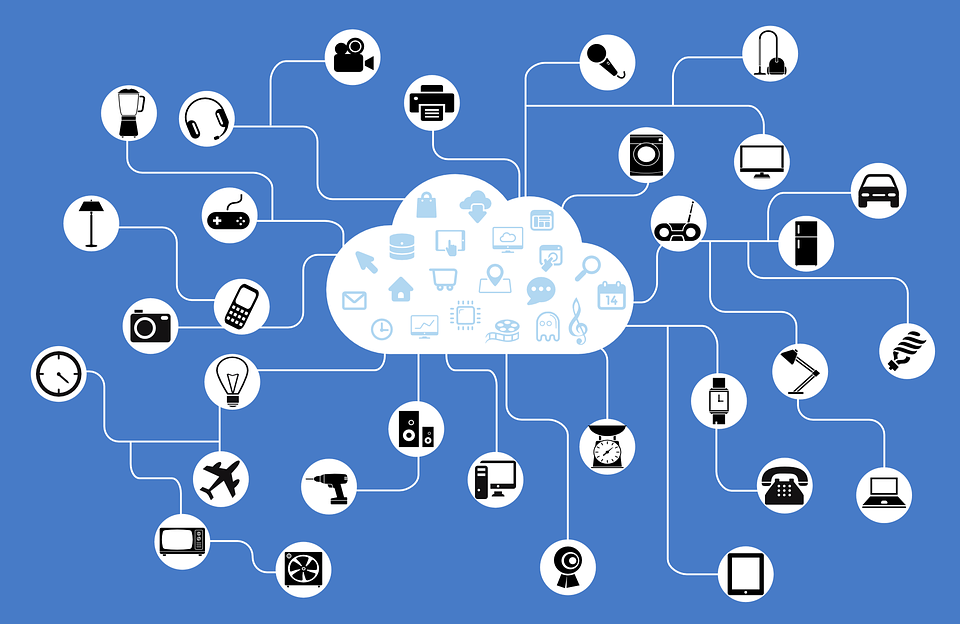
A recent report on the growth of IoT solutions within businesses has shown that many companies are struggling to integrate the developing systems into their current infrastructures. As it becoming increasingly apparent that IoT is the way that business technology is headed, could this prove to be a serious hindrance in the near future?
The whitepaper, commissioned by HCL Technologies and conducted by independent research company Vanson Bourne, explains that in spite of worldwide recognition of the benefits of IoT, many businesses are limiting its implementation, or are struggling with the concept altogether.
Over 263 senior IT and business decision makers were surveyed by Vanson Bourne, across various markets in the UK, US, Germany and parts of Scandinavia, and it was seen that 49% of these organisations were struggling to implement IoT solutions due to a lack of co ordination and a “siloed” approach – meaning the IoT was limited to just one function as opposed to augmenting the whole operation.

Many saw this as a problem both in the short and long term and 43% of those surveyed believe that their customers will suffer as a result of this delayed implementation. The majority (82%) believe that the businesses willing embrace IoT solutions wholeheartedly and rapidly will be in a much stronger position in the new future of marketplaces. Similarly 65% believe that the primary drivers for adopting the IoT business model will result in greatly improved efficiency and levels of customer satisfaction.
If the IoT is the future, and many business believe they’ll be left behind without it, why then are business falling behind in their implementation? For many the biggest cause for concern is security and privacy, as shown by the 38% that stated that this was a worry for them.
Problems also exist among those who have already adopted IoT solutions, one of the main functions of smart technology is it’s ability to collect and analyse data in order to maximise efficiency. However, on average many businesses found that only 48% of the data collected was analysed, it’s also estimated that business took 5 days to convert data into insight, and 10 days among those who hadn’t adopted IoT.
Sukamal Banerjee, CVP & Global Head of IoT WoRKSTM, HCL Technologies said: “Many companies have made inroads into the IoT, but when you peel away the layers, very few have embarked on truly transformative programs,”
“Success depends on an enterprise-wide IoT strategy that centralises a significant portion of the data from connected assets onto a single platform, where it can be used to generate revenues and new opportunities. It is only by doing so that they will reach the ultimate goals of IoT:
Possible reasons for these failings include lack of funding as IoT systems can be expensive and the more complex they get the more expensive they become. This is a problem because IoT is not so much a simple addition as it is a large scale revolution.
The changes that the Internet of Things brings makes devices part of a network and a connected hub of activity to process data properly, this means coming away from IT systems, which function largely independently, meaning that businesses will have to undertake large scale and costly changes in order to rip out the old systems and build new ones from the ground up.
IoT isn’t just about throwing money and new technologies at old problems, it’s about systemic change in the way business is conducted, and this needs to be explained properly.
 Security also remains a huge concern for many business. According to GCHQ in the last 18 months Britain alone has been subject to over 180 high profile hacking attempts. Ross Brewer, VP and MD of EMEA, at LogRhythm said: “A damaging cyber-attack has become inevitable and the ramifications are likely to be far worse than hackers gaining access to your social media accounts.”
Security also remains a huge concern for many business. According to GCHQ in the last 18 months Britain alone has been subject to over 180 high profile hacking attempts. Ross Brewer, VP and MD of EMEA, at LogRhythm said: “A damaging cyber-attack has become inevitable and the ramifications are likely to be far worse than hackers gaining access to your social media accounts.”
“Organised and state-sponsored hackers have evidently stepped up their game and this could lead to many unpleasant scenarios – from ransomware to the theft of intellectual property to the complete shutdown of our critical national infrastructure.”
Many of the devices on IoT systems are unsecured, and lack the processing power to incorporate defences on top of their usual programming. However, some companies such as Avast are working with manufacturers to provide stronger security to device manufacturers as they believe that because this is an industry wide problem, it must be handled in a concerted effort by the entire industry.
As revelations like this come to light, it should become abundantly clear that security is a huge concern for many companies and that is why they have been slow to adapt. It could also just be something that will happen in due time as attitudes change and prices fall.
However, the transition maybe slower than expected, largely due to our tendency to overestimate the affects of technology in the short term and underestimate them in the long term.
New IoT solutions are being introduced all the time, and the law of accelerating returns suggests that we will continue to see these systems expanded on. Businesses have a duty to do right by customers, partners, and the market as a whole, and if failure to adopt IoT solutions in the changing technological climate proves to be a hindrance, then business have a duty to adopt them too lest they fall behind.






